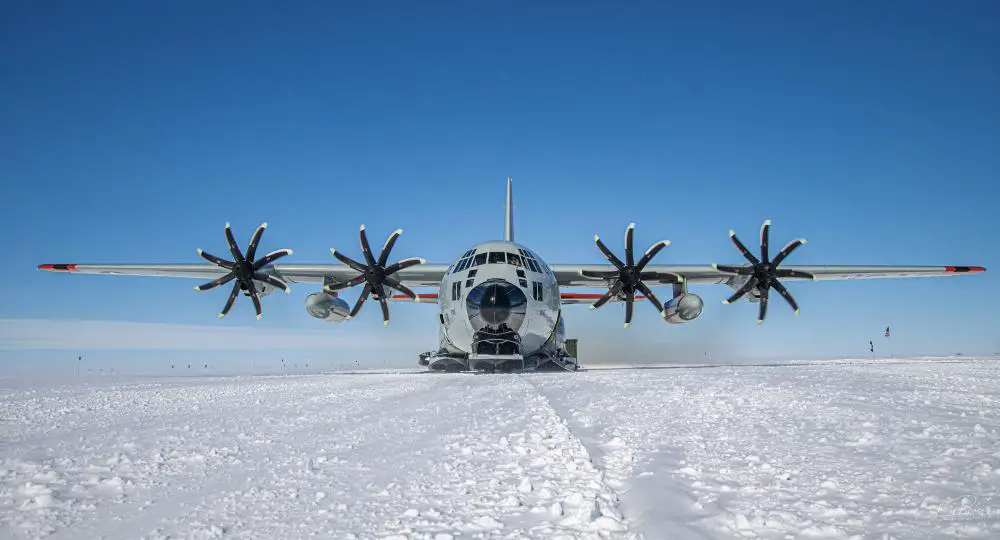The New York Air National Guard’s 109th Airlift Wing has wrapped up its annual support to the National Science Foundation in Greenland as Airmen and LC-130 “Skibirds” returned to Stratton Air National Guard Base on September 22, 2021. The unit supplied 1.3 million pounds of cargo, thirty-two-thousand gallons of fuel and delivered 910 passengers. The Airmen flew a total of 678 hours. The wing conducted an extended “season”, starting in March and running through September, providing support to National Science Foundation research sites on the ice cap in Greenland. The season this year was two months longer than typical seasons in past years. The wing added a month in March for additional training at the beginning. Starting the missions a month early in March.
“Going up in March was beneficial to get the initial put in of Raven Camp. This allowed us to keep a cadre of instructors and evaluators current to then provide instruction for the following on flight period. But the unit, National Science Foundation and Danish Government were able to communicate and formulate and plan of action to avoid infection. Along with the weather, and flying long distances to austere locations, dealing with the COVID-19 pandemic still raised challenges for the New York National Guard Airmens,” said Major Jacob Papp, the 109th’s chief of Arctic operations.

An additional 8- day flight period was added to the end of the season in order to fulfill a National Science Foundation requirement to retrieve a construction team from Summit Station, the year-round staffed research station near the apex of the Greenland ice sheet. While more than 30 people are usually working there during the summer months, only a small crew of five people remain on duty over the winter months.
In 2020, concerns about COVID-19 infections, prior to any vaccinations against it, resulted in cutbacks to polar research and the 109th conducted only a very few critical missions over the course of three weeks. During the 2020 season the 109th delivered 30,000 pounds of cargo and nearly 40,000 gallons to Summit Camp. The summer missions in Greenland are critical for providing Aircrews with experience in operating in Polar Regions. The 109th also provides critical airlift for National Science Foundation Missions in Antarctica as part of Operation Deep Freeze, the Department of Defense support for Antarctic research. The 109th’s Airmen will immediately begin preparing to deploy for Operation Deep Freeze in October. The unique capabilities of the ski-equipped LC-130 aircraft make it the only one of its kind in the U.S. military, able to land on snow and ice.
